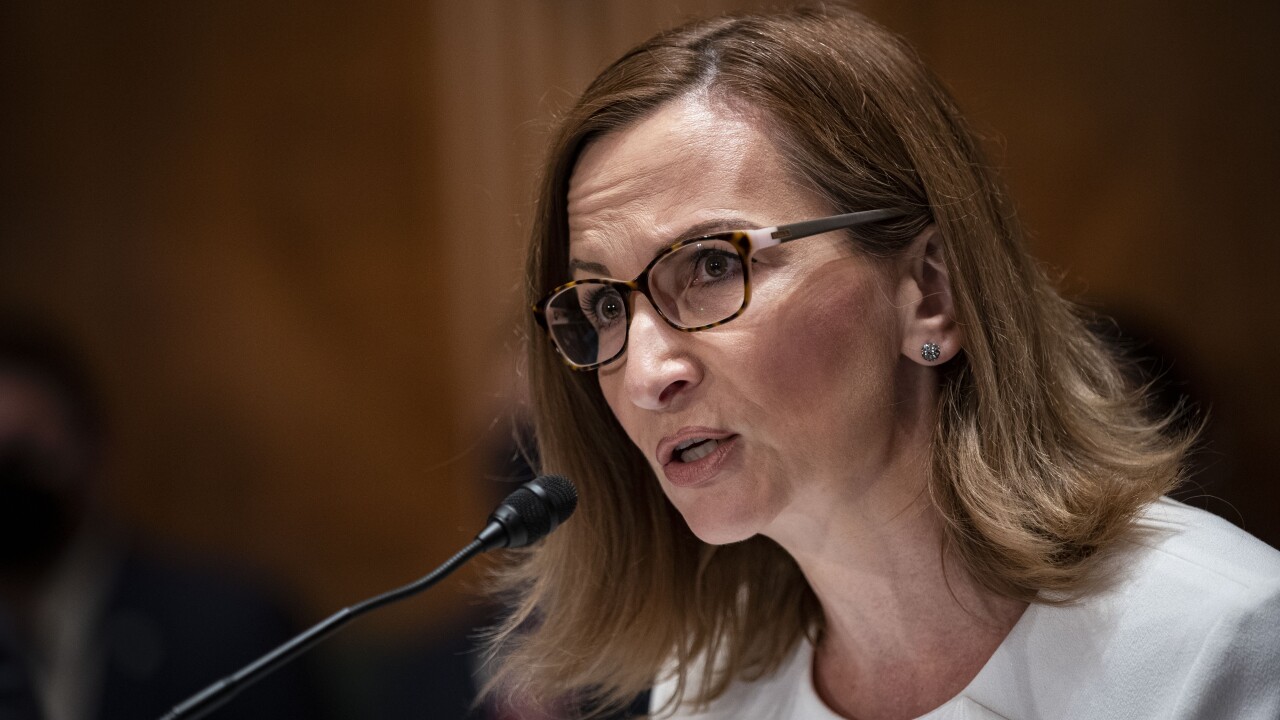In an advancing digital age, banks and merchants rarely question the data that advanced analytics and artificial intelligence can provide about their customers' financial and payments habits. But are they using data analytics to its fullest potential?
In short, are they getting what they paid for?
Top executives aren't entirely sure of the answer to that question, but through new Mastercard and Harvard Business Review research, they at least know the major obstacles facing them when seeking to establish data-driven business decisions as the norm.
More importantly, Mastercard now knows that only 18% of executives currently feel they are getting sufficient return on their investment in data analytics.

"It was surprising to us to hear that," said Dimitrios Dosis, president of Mastercard Advisors. "It was not that they did not understand analytics, but they were focused on what turned out to be four key areas that are preventing them from using analytics effectively."
The most significant concern, at 54% of respondents, was that analytics were not integrated into the workflow of their companies and often did not reach the decision makers. Less than half, at 45%, felt that a shortage of technical skills on the staff was holding back the company's use of advanced analytics.
On Mastercard's behalf, the Harvard Business Review surveyed 744 executives and managers around the world in March of 2018 across a variety of industries with at least $250 million in annual revenues, and a majority having more than $1 billion in revenues.
"If the data analytics is not integrated into the workflows of the day-to-day operations, it hinders the ability to determine where to open a new store, or which type of technology to invest in," Dosis said. "For many, the data was not available at the same time they wanted to make a decision, and that is a problem."
Mastercard has positioned itself as a partner with
"We want to be the partner of choice for data analytics," Dosis added. "We want our customers, whether banks or merchants, to be engaged with their customers and this is an area where we believe analytics can play a major role."
Mastercard essentially sets the table for data analytics, telling its customers it can provide the platforms needed to obtain the information that will help them make business decisions about their customers' habits, thus making it easier to introduce new payments technology, new products or customer service programs.
"In the best-case scenario, you would see analytics at every level of a business, but in reality in 75% of cases, it is used only in planning and forecasting," Dosis said.
That area is heavily dependent on analytics and has a value there, but only 60% of executives say they are using analytics in the operations and strategies areas of their businesses. Even worse, Dosis said, only 38% are using analytics in the logistics of a business, where the biggest efficiencies and cost reductions can be made.
Executives, at 41%, also cited the effect that siloed analytics had on their businesses, or the fact that various data analysis is unfolding in different parts of the company. Such a process leaves different department heads coming to different conclusions about the data they are seeing, making it hard for a company to come up with a decision all agree upon.
The other two major obstacles are related to that problem, as 38% see an ineffective deployment of data, and another 31% say that the insights from the data are never delivered at the same time a decision is being made.
It's the "million dollar question" for companies to determine if data analytics helps executives make faster decisions, or if the data is there so they can study a situation longer in order to assure a correct decision, Dosis said.
"I think that the trick will be not to proceed without data analytics always occurring in the background," Dosis said. "You have to have embedded analytics platforms in the background, so that the research has already occurred when it is time to make a decision."
For Mastercard, the perfect process to follow is to have the data available inside of the company, establish recommendations based on what the data is saying, then test it in various places as a learning experience. Ultimately, it ends with the execution of a plan and delivery of new products or services, or in-house decisions about what type of technology or equipment is needed to launch projects.
"A bank or merchant using analytics will drive significant customer relationships," Dosis added. "But globally, there is a long tail of banks that won't be able to do this themselves because it is a massive investment to develop a real-time intelligence platform with embedded responses in the workflow."





